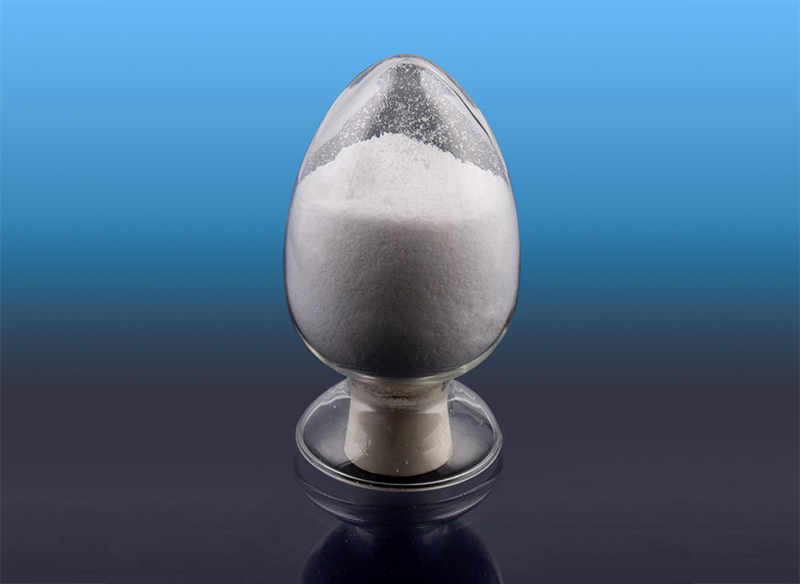In what ways do Hydrogenated Styrene-Isoprene Block Copolymer contribute to sustainability in their applications?
Hydrogenated styrene-isoprene block copolymers (HSIBCs) offer a unique balance of performance and cost compared to other block copolymers, such as styrene-butadiene block copolymers (SIBCs) or thermoplastic elastomers like styrene-ethylene-butadiene-styrene (SEBS). Here are some key comparisons:
Enhanced Durability and Product Longevity: HSIBCs are known for their excellent mechanical properties, including flexibility, strength, and resilience. These characteristics allow products made from HSIBCs to withstand wear and tear, resulting in longer lifespans. For example, in automotive applications, using HSIBCs in tires and components reduces the frequency of replacements, leading to less waste generated over time. This durability not only benefits consumers but also lessens the environmental impact associated with the production and disposal of replacement materials.
Potential for Recyclability: HSIBCs can be engineered for recyclability, which is an important aspect of sustainability. As recycling technologies advance, the ability to recycle HSIBCs can help divert significant amounts of plastic waste from landfills and reduce reliance on virgin materials. By designing products with end-of-life recycling in mind, manufacturers can contribute to a circular economy where materials are reused and repurposed, minimizing the extraction of new resources and lowering overall environmental impact.

Energy Efficiency in Production and Use: The high-performance characteristics of HSIBCs can lead to energy savings during both the manufacturing process and the end-use phase. For instance, components made from HSIBCs can often be lighter yet strong, which is particularly advantageous in the automotive industry where reduced weight translates to improved fuel efficiency. This decrease in energy consumption not only benefits manufacturers in terms of cost savings but also contributes to lower greenhouse gas emissions, aligning with broader sustainability goals.
Biocompatibility for Safer Products: HSIBCs can be formulated to be biocompatible, making them suitable for use in medical devices and consumer products that come into contact with skin. This biocompatibility reduces the risk of adverse reactions and allows for safer disposal methods, which is particularly important in the medical field. By minimizing harmful environmental effects and promoting user safety, HSIBCs support a healthier ecosystem and contribute to public health.
Resource Efficiency Through Material Versatility: HSIBCs can effectively replace multiple materials in various applications, leading to more streamlined supply chains and reduced resource consumption. For example, their ability to function as both a flexible rubber and a durable plastic means that manufacturers can simplify their product designs and reduce the number of different materials required. This resource efficiency not only lowers the environmental footprint associated with raw material extraction and processing but also promotes more sustainable manufacturing practices overall.





